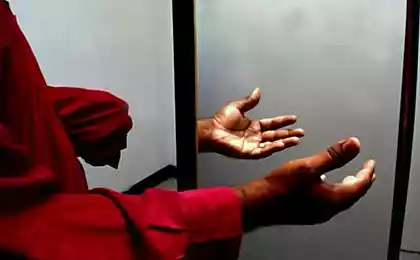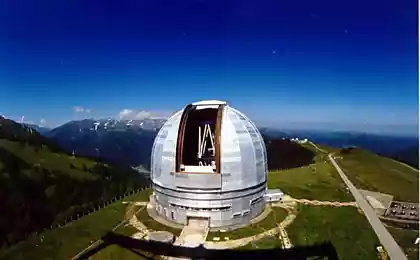683
The simplest test is carried out using self-conventional mirror

Darwin's ideas on evolution over time transformed into a rather controversial psychological test. The essence of the test is what you see when you look in the mirror. Imagine that you are looking in the mirror, I saw on his face for some stain. Most likely you try to erase it. If yes - it means that you have just passed a simple self-test.
Mirror test came after Darwin saw a zoo orangutan playing with a mirror. Darwin wondered whether the ape himself is aware, when you look in the mirror, and if so - what does it mean?

In 1970, the same question was interested Gordon Gallup. He gave chimpanzees mirror, waited until they got used to them, and recorded their reactions. Then smeared muzzle monkeys paint odorless, then again I am given the opportunity to look in the mirror. Most individuals began to rub the snout to erase a foreign spot. Thus it was found that chimpanzees, like humans, recognize themselves.
Later on the same test successfully passed the dolphins, the European magpie, whales, monkeys and all, ultimately, elephants. Children begin to successfully pass the test to 18 months, and people older than 24 months, which could not carry it out, almost none. At least in Western civilization.
However, there is one "but": the test are only those children who from infancy had to deal with mirrors. In Kenya and Fiji, for example, it can not pass, some children even six years: they simply do not respond to the spot. To understand why this is happening for a long time it was not possible, but in the end the conclusion was simple: a spot on your face just does not have value to them, but that does not mean that they do not recognize myself. Gorillas, for example, hiding, before you start to wash the paint off of the muzzle, it speaks not only of identity, but also about the social embarrassment.
via factroom.ru























